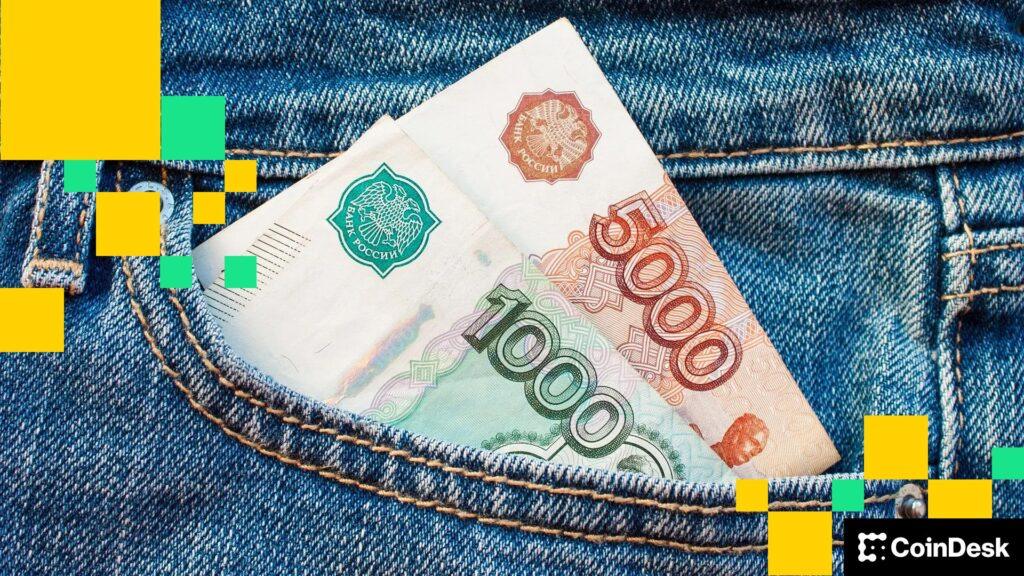Russia is moving closer to formally integrating crypto into its financial system as officials recognize widespread adoption, and the central bank is preparing to let banks handle digital assets under tight control.
According to a report from Tass, Deputy Finance Minister Ivan CheBeskov said about 20 million Russians are now using Cryptocurrencies “for different purposes”, describing them as a reality that the government has to address rather than resist.
Tass reported that CheBeskov claimed that the state has to develop domestic infrastructure both to protect users and to ensure “economic and technological benefits” for the country.
The extent of this adoption was highlighted by new figures, Tass quoted from Bank of Russia.
According to the news agency, Russian citizens’ combined balance of cryptocurrency was 827 billion rubles (about $ 10.15 billion) at the end of March 2025, an increase of 27% from the same period a year earlier.
Tass said most of these funds were held in Bitcoin (62.1%), followed by ether (22%) and stablecoins USDT and USDC (15.9%). According to Tass, the central bank also plans to investigate cryptocurrency investments and lending activity between January and February 2026.
The central bank prepares tight rules for banks coming into crypto
In a separate development, Interfax reported that the first Deputy Governor of Vladimir Chistyukhin said Bank of Russia has decided to allow banks to operate in the crypto sector for the first time.
When he spoke at the Finopolis conference, Chistyukhin said the controller reached this decision after consulting with the banking sector, but intends to introduce strict capital boundaries and reserve requirements to ensure that crypto activity does not become a “dominant” business boundary.
Interfax also reported that the central bank suggested in March, which allows cryptocurrency -transactions only to “highly qualified investors”, with draft criteria still under discussion.
These include investment portfolios worth at least 100 million rubles or annual income over 50 million rubles. In May, the regulator issued a letter recommending that lenders cap their crypto exposure to approx. 1% of the capital while developing new rules for measuring crypto-related risks.
Together, the reports suggest a shift in politics: Russian officials now recognize publicly cryptos anchored role in the economy while drafting a closely regulated road for banks to participate in the market.



